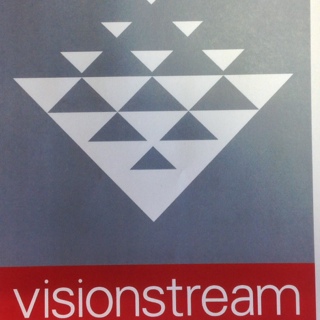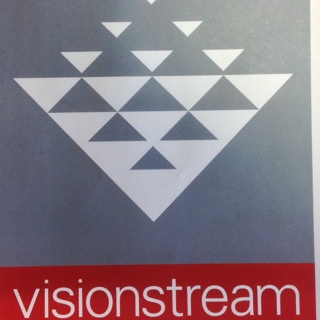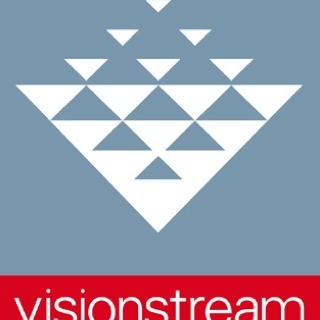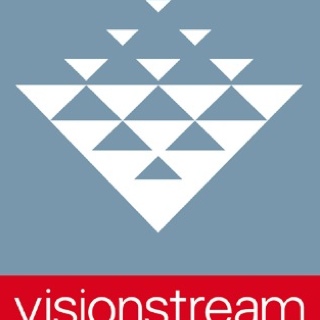Information
-
Document No. VS-HS-HSC-037 Issue 1
-
Project
-
Conducted on
-
Auditor
-
Location
-
Personnel / Contractors Audited
-
SHEWMS Ref.
Telecommunications Safety Essentials
-
Electrical works
-
Working at height
-
Driver alertness
-
Working in the vicinity of utility services
-
Excavation works
-
Working in the vicinity of vehicular traffic
-
Working in and around mobile plant
-
Working in a remote or isolated location
-
Heavy lifting
-
Exposure to asbestos
Critical Risk Awareness
-
1.1 Have all workers on site completed the required online / project-specific inductions related to the Safety Essentials?
-
Action
-
By Who
-
By When
-
1.2 Are workers able to describe what the Safety Essentials are and how they are implemented?
-
Action
-
By Who
-
By When
-
1.3 Are workers able to describe which critical risks / Safety Essentials are applicable to the current activity?
-
Action
-
By Who
-
By When
-
1.4 Are the workers able to describe the critical risk controls / working above the line principles they are implementing to control the critical risks?
-
Action
-
By Who
-
By When
SHEWMS
-
2.1 Is there a relevant SHEWMS in place applicable to the works?
-
Action
-
By Who
-
By When
-
2.2 Does the SHEWMS highlight the critical risks workers are exposed to?
-
Action
-
By Who
-
By When
-
2.3 Does e SHEWMS clearly state the risk controls for those critical risks?
-
Action
-
By Who
-
By When
-
2.4 Are those risk controls aligned with the Safety Essential requirements?
-
Action
-
By Who
-
By When
-
2.5 If risk controls are not aligned with the Safety Essentials requirements, has an exception been approved and registered?
-
Action
-
By Who
-
By When
SHEWMS Implementation
-
3.1 Are the risk controls being implemented as per the SHEWMS and Safety Essentials requirements?
-
Action
-
By Who
-
By When
-
3.2 Are the risk controls effective at controlling critical risk?
-
Action
-
By Who
-
By When
-
3.3 Have all workers signed on to the SHEWMS as having read and understood the requirements?
-
Action
-
By Who
-
By When
Sign-off
-
Auditor
-
Select date
-
Auditee
-
Select date
Notes
-
Key:
C = Conformance
IO = Improvement opportunity
NC = Non-conformance
N/A = Not applicable
Scoring:
Conformance = 10 points
Improvement opportunity = 5 points
Non-conformance = 0 points
Definitions:
Improvement opportunity - Observations made which are provided as guidance on potential improvements related to the safety of workers or the public.
Non-conformance - Non-fulfilment of a requirement whereby conditions observed are outside the defined requirements as per the Safety Essentials.
- The purpose of the Safety Essentials Snapshot Audit Checklist is to assess whether workers have identified the key, critical risks applicable to the site works, have assessed those risks and are effectively controlling the risks in line with the Safety Essential requirements.
- The focus is on the Safety Essentials (minimum, non-negotiable requirements) and whether these are being adhered to.
- Auditors should always have a copy of the Telecommunications Safety Essentials booklet to refer to during the snapshot.
- Interactions should always include a review of the applicable SHEWMS / risk assessment and discussion with a sample of workers on site.
- The SHEWMS / risk assessment should be specific to the task / activity being performed and effectively control risk by focussing on 'above the line controls' where practicable.
- Interactions should be focused and of a short duration (approx. 30-40 mins).
- Stop the job and conduct a discussion with the crew / individual if at risk behaviour or situations are observed. Use mutual discussion to identify appropriate action and gain commitment to change.
- It is the responsibility of the auditor to enter the report and actions into Cintellate as soon as possible so the actions are recorded.














